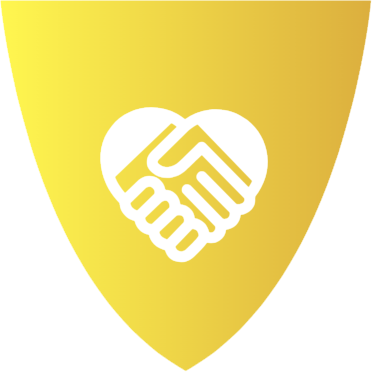In today’s digital age, forming connections online has become second nature. With just a few clicks, friendships and even romantic relationships can blossom in virtual spaces. However, the leap from online chatting to meeting in person can feel like stepping into a new world. How do you ensure safety while maintaining the excitement of meeting someone face-to-face for the first time? This guide will walk you through essential steps and considerations, blending practicality with the thrill of new beginnings, to help you transition from screen to reality with confidence and care.
Choosing the Right Environment for Your First Meeting
Selecting the perfect setting for your first face-to-face meeting is crucial to ensuring comfort and safety. Opt for public places such as cafes, parks, or libraries where there’s a steady flow of people. These environments not only provide a sense of security but also offer a neutral ground where both parties can feel at ease. Consider locations that are easily accessible by public transport or have ample parking facilities.
Keep in mind the importance of choosing a venue that allows for easy conversation. Avoid overly crowded or noisy spots that might make communication difficult. Here are some ideas to consider:
- Coffee Shops: A casual and relaxed atmosphere.
- Art Galleries: Offers visual stimuli and conversation starters.
- Public Parks: Perfect for a leisurely walk and talk.
Ensure that the chosen environment aligns with mutual interests, creating a natural and enjoyable meeting experience.

Reading Body Language and Building Comfort
When transitioning from online chats to face-to-face meetings, understanding and interpreting body language can significantly enhance the comfort level for both parties. Pay attention to non-verbal cues such as eye contact, posture, and gestures. These can provide insight into how the other person is feeling. A relaxed posture and open gestures often indicate a sense of ease, while crossed arms or avoiding eye contact might suggest discomfort or hesitation.
- Observe: Take note of how they respond to personal space. Some people prefer a little more distance, especially during initial meetups.
- Mirror: Subtly mirroring the other person’s body language can create a sense of rapport and make them feel more at ease.
- Smile: A genuine smile can break the ice and establish a friendly atmosphere.
Building comfort is a two-way street. Be mindful of your own body language and ensure it conveys openness and approachability. Remember, the goal is to create a safe and welcoming environment that encourages authentic interaction.

Establishing Boundaries and Expectations
When transitioning from online chatting to meeting in person, it’s crucial to set clear boundaries and expectations to ensure a safe and comfortable experience for both parties. Start by discussing your comfort levels openly. Transparency is key. Be clear about what you’re comfortable with in terms of location, time, and activities. It’s perfectly okay to prefer a public setting for your first meeting, such as a coffee shop or a park.
Consider creating a list of expectations together to avoid any misunderstandings:
- Location: Choose a place that feels safe and familiar.
- Duration: Agree on a time limit for the meetup to ensure both parties are comfortable.
- Communication: Decide on a method to stay in touch before the meetup, like a phone call or a text.
- Boundaries: Discuss personal boundaries and respect them at all times.
Establishing these guidelines not only sets a positive tone for the meeting but also builds trust, laying the groundwork for a successful transition from digital to real-world interaction.

Prioritizing Personal Safety and Trust
When planning your first in-person meeting, it’s crucial to place your safety and well-being at the forefront. Choose a public location such as a coffee shop or a bustling park where there are plenty of people around. This not only ensures a safer environment but also provides a comfortable atmosphere for both parties. Inform a trusted friend or family member about your plans, sharing details such as the time, location, and who you’re meeting. This extra layer of accountability can offer peace of mind.
- Trust your instincts: If something feels off, it’s okay to cancel or reschedule.
- Arrange your own transportation: Having control over your arrival and departure can help you feel more secure.
- Set boundaries: Clearly communicate your comfort levels and be prepared to leave if they’re not respected.
Building trust is a gradual process. Take time to ask open-ended questions during your meetups, allowing both of you to share experiences and values naturally. Pay attention to their responses and body language, as these can provide valuable insights into their character and intentions. Remember, it’s perfectly acceptable to take things at a pace that feels right for you.




